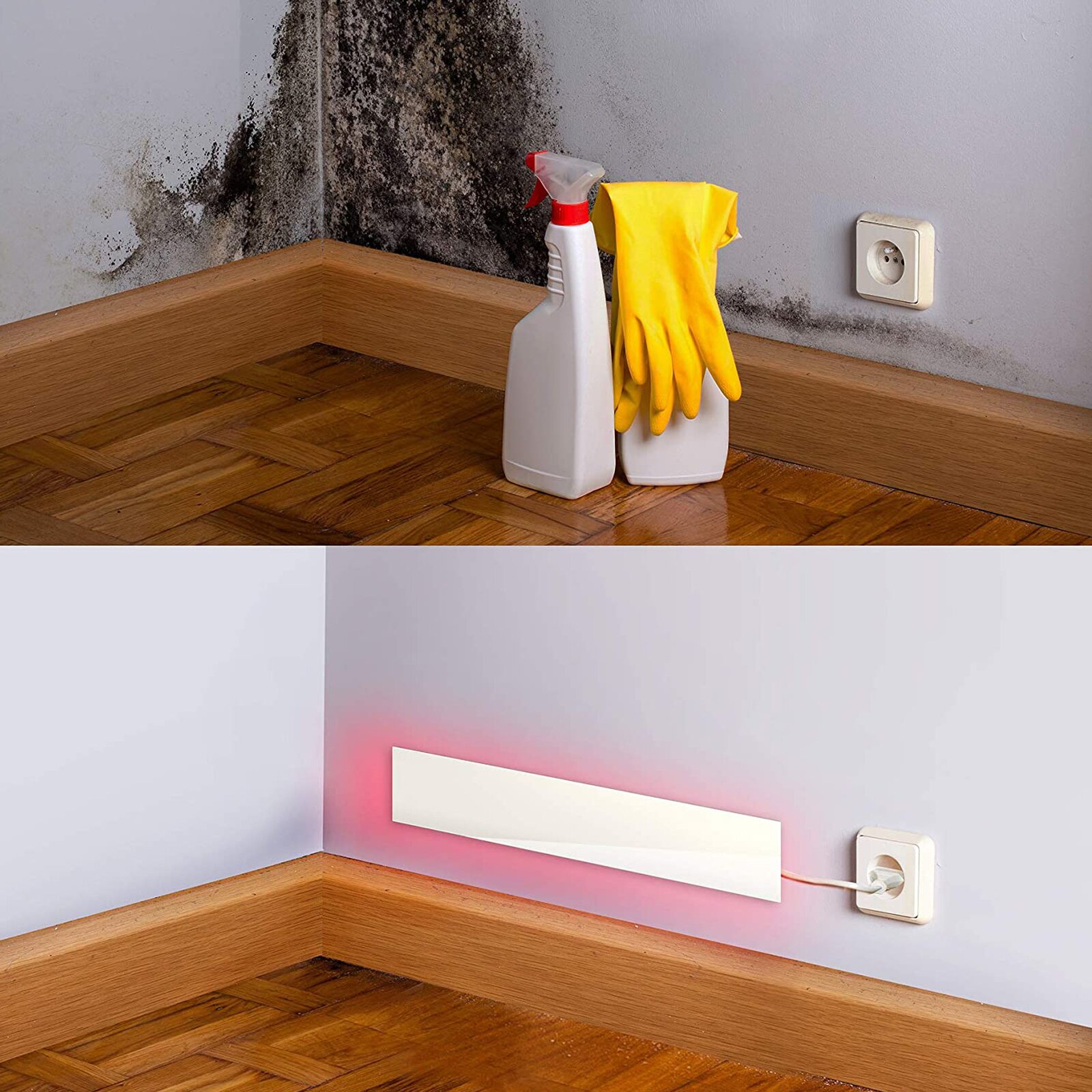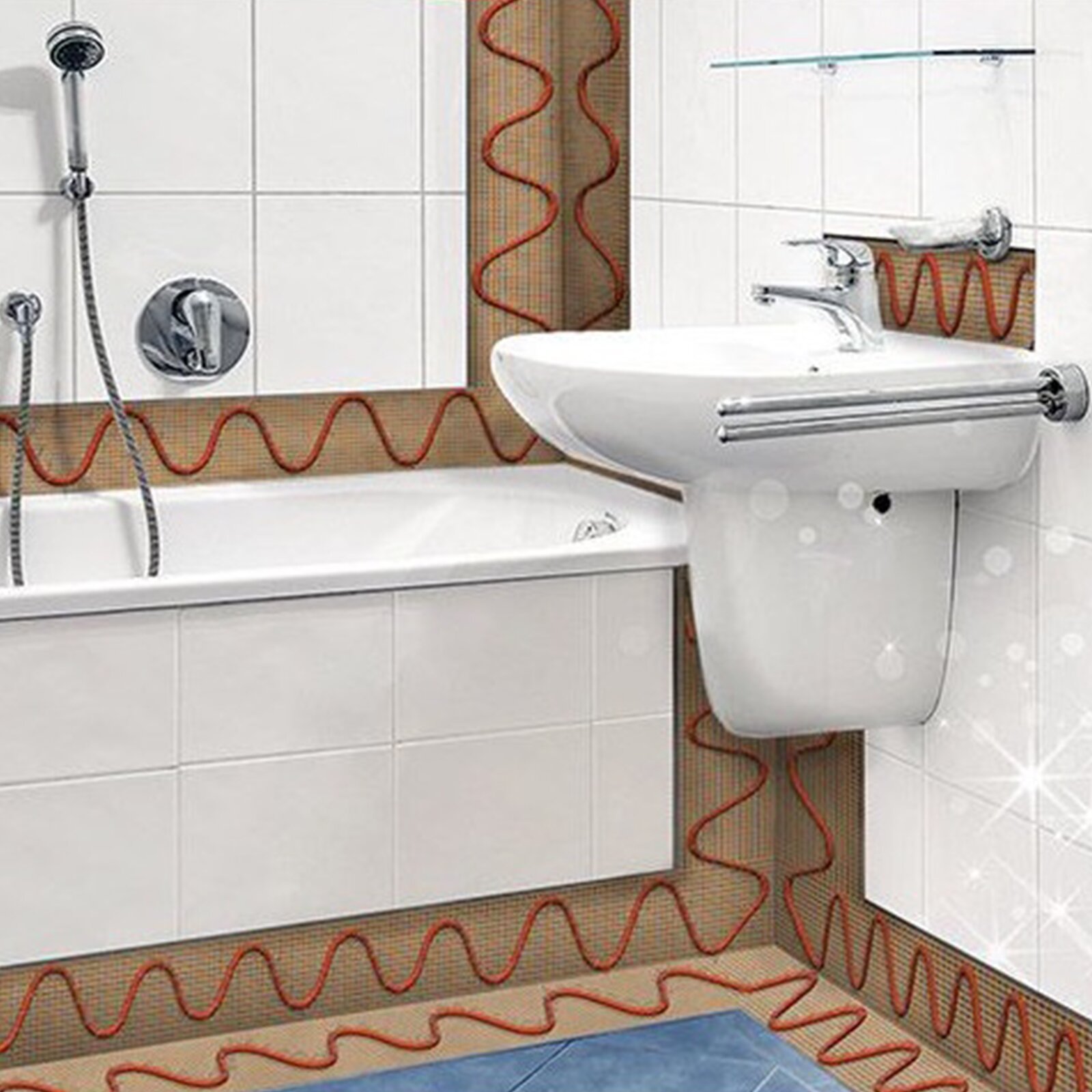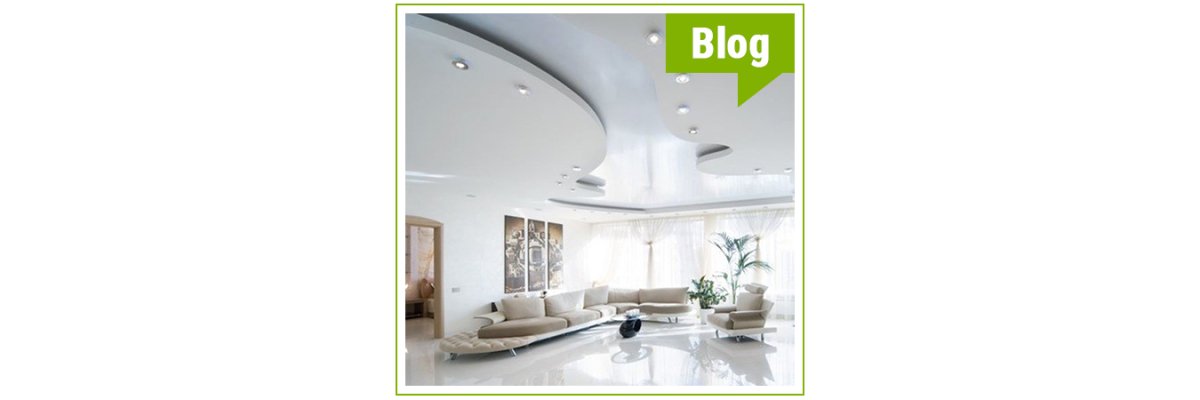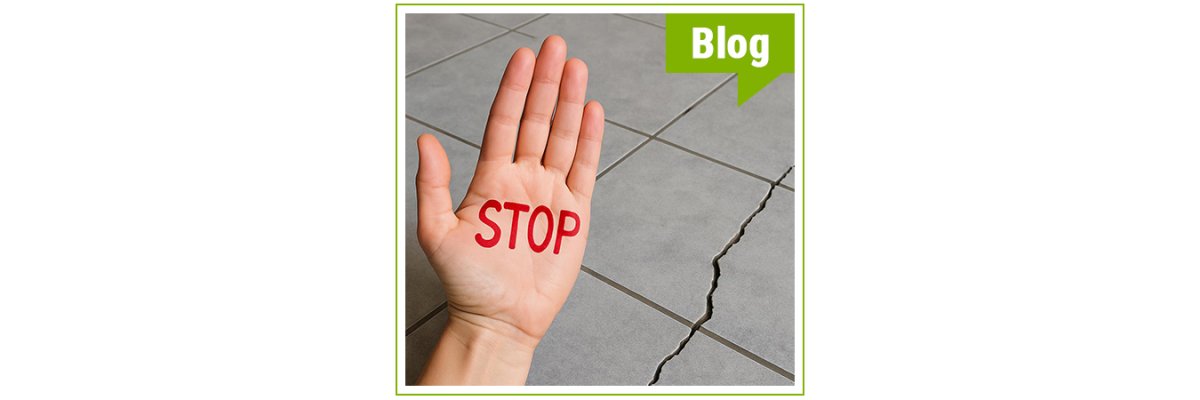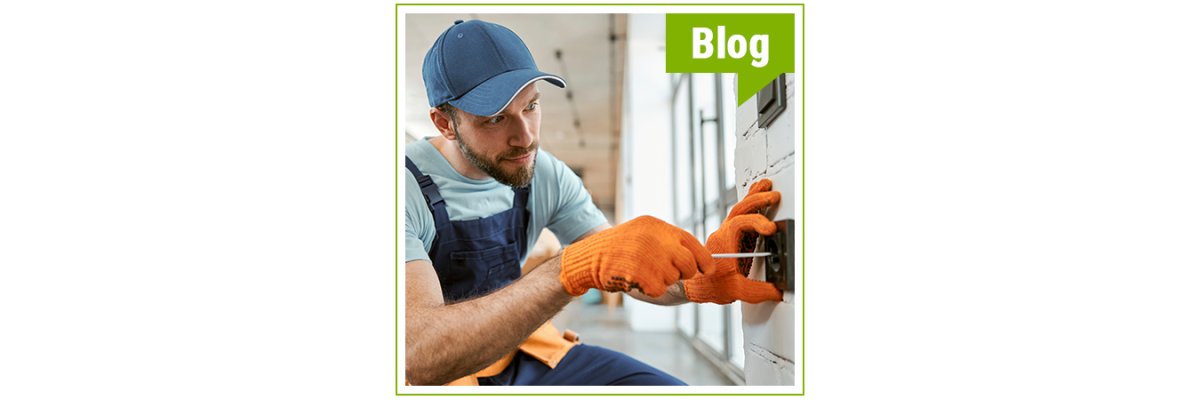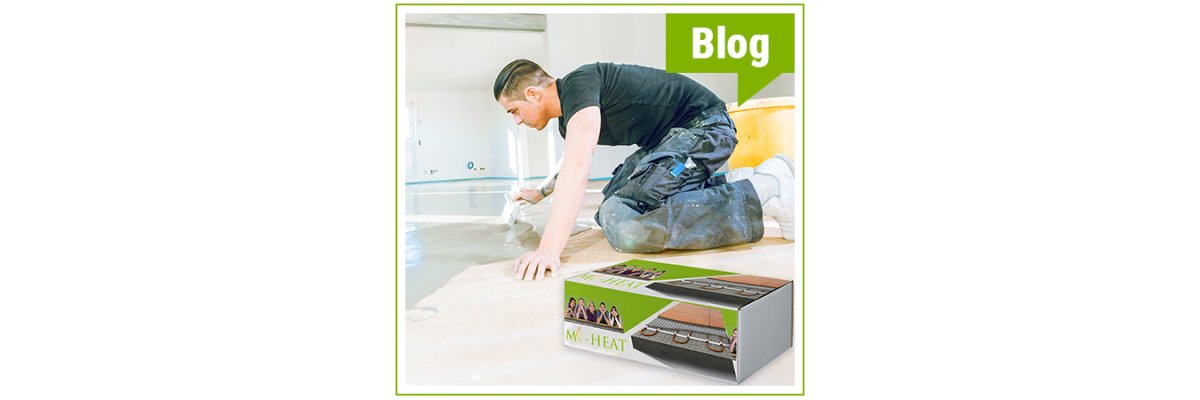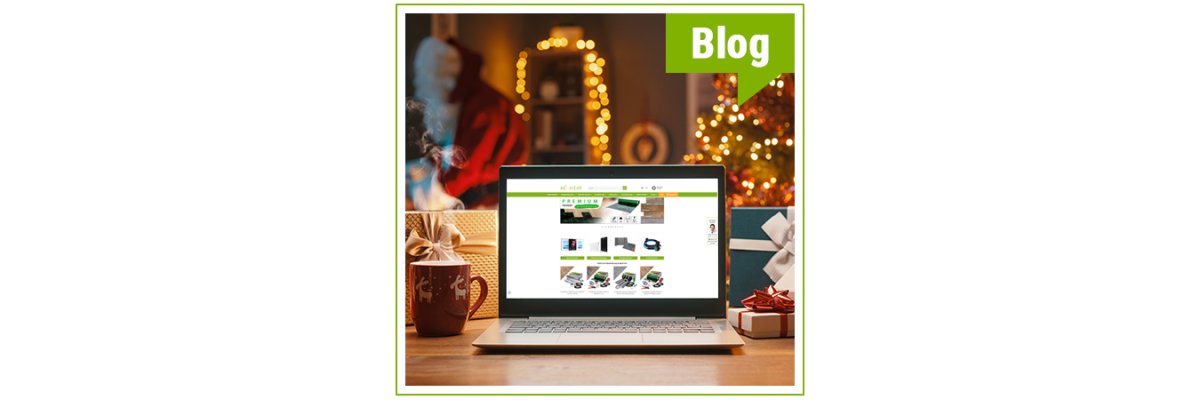Your rooms are also infested with mould or you simply want to take preventive measures? We will be happy to advise you.
Removing mould correctly: Long-term and without chemicals
Mould: A risk to health and building fabric
The causes of mould are manifold. If there is an infestation, you should react immediately, because mould can make you ill and damage the fabric of the building. However, caution is advised when dealing with conventional mould removers. The chemical agents can irritate the skin and cause severe allergies. We show suitable and above all harmless alternatives in the fight against mould.
Too much moisture causes mould to sprout
Moulds love water. That is why wet house walls provide the ideal conditions for mould growth. There are many causes for this and the main reasons include:
- missing or incorrect insulation
- leaks or cracks in walls, roofs and windows
- incorrect heating and ventilation
- condensation of humidity on cold walls
But even in residential properties without structural defects, moisture is constantly forming. For example, in a household with several people, even everyday activities such as cooking, showering or drying laundry can produce more than 10 litres of moisture every day. *1
The warm air in the room initially stores the humidity. As soon as it hits cold areas, preferably on outside walls, the humidity condenses and wet spots form. As a result, mould can settle and multiply here. Visible mould is only the tip of the iceberg. When mould becomes visible on the surface, it has already spread into the masonry.
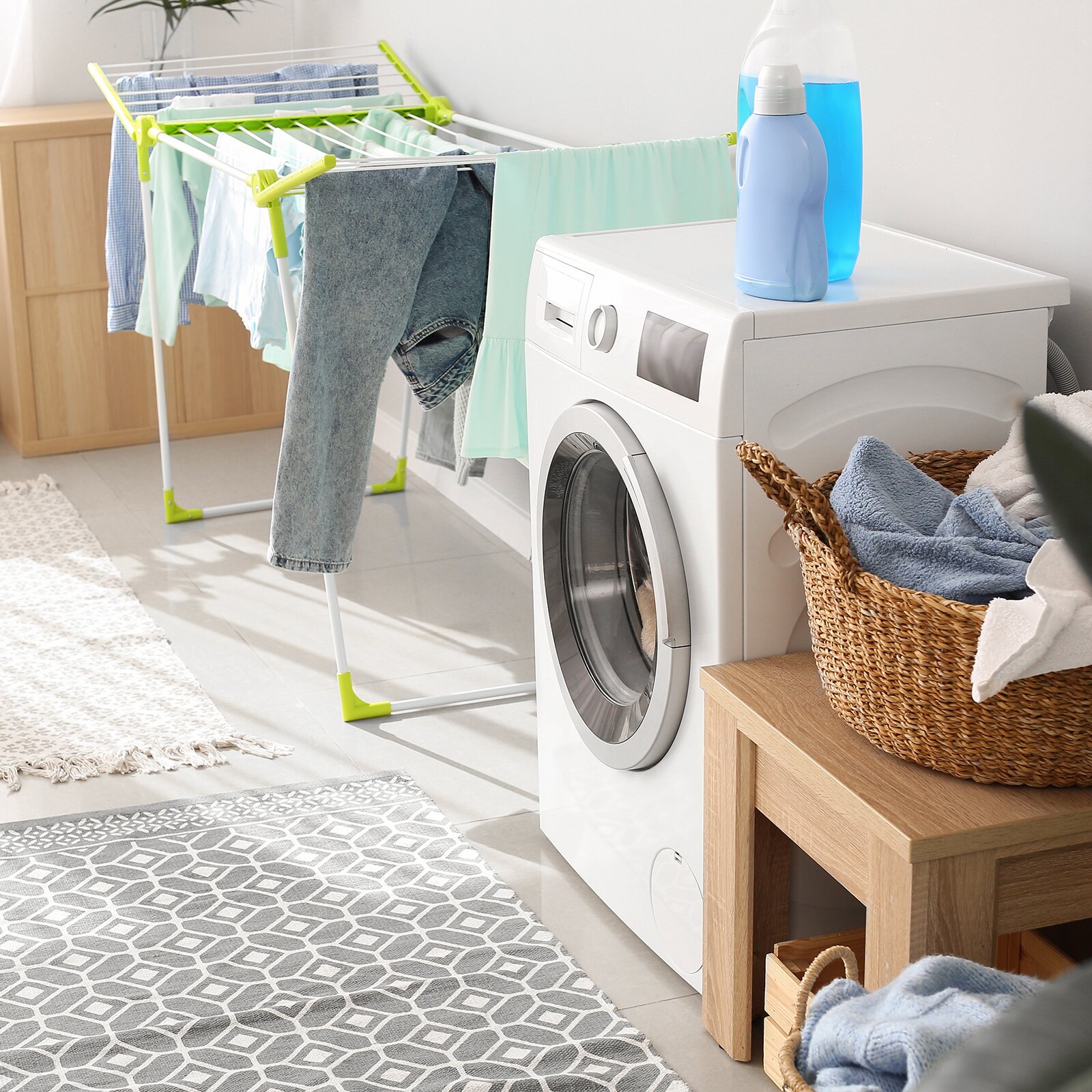
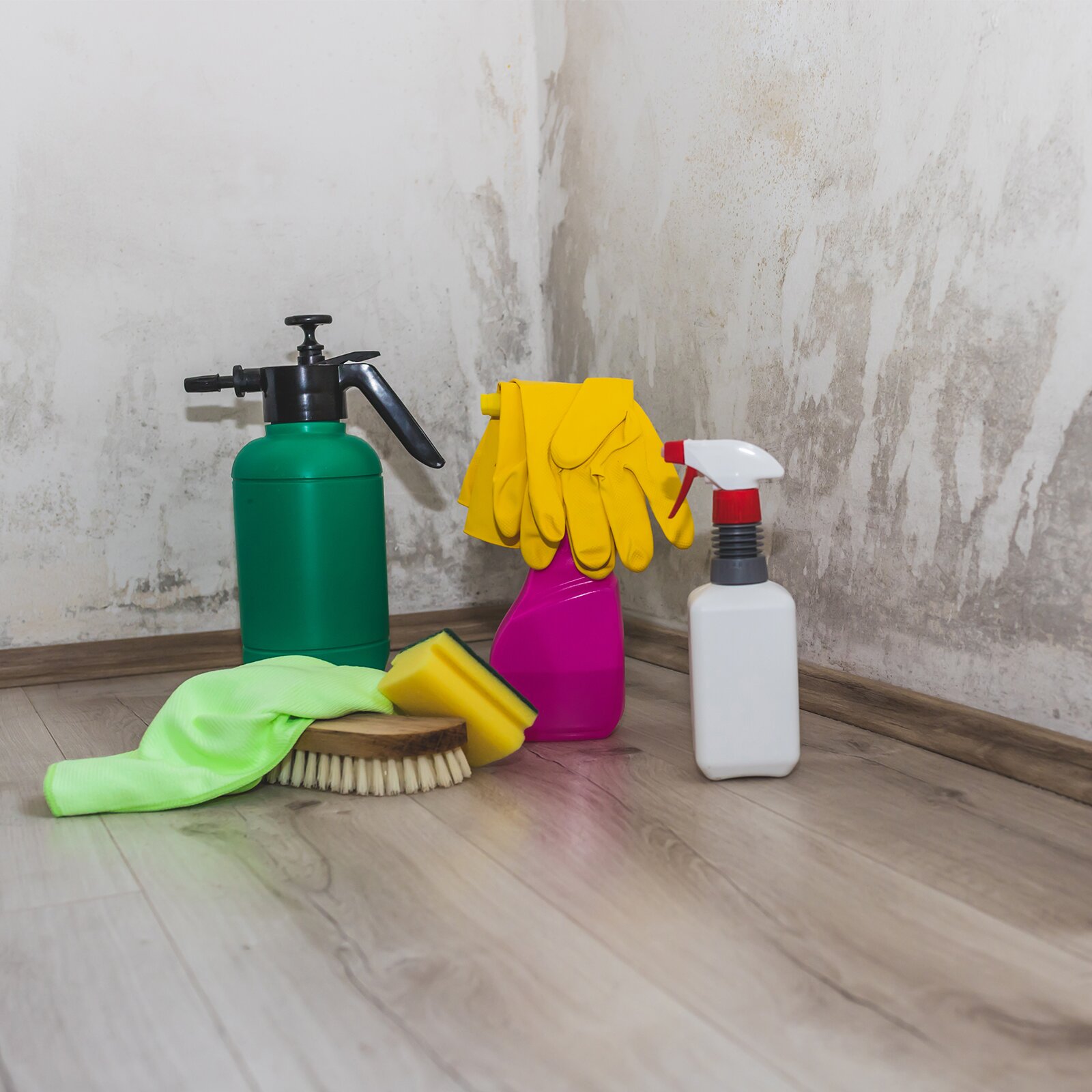
Anti-mould agents: short-term, superficial, risky to health
The most important thing in the fight against mould is to eliminate the causes. Because chemical anti-mould agents often only have a short-term and superficial effect on the fruiting body of the mould, but do not destroy it in the long term. Unless the external conditions change, the mould will therefore return after a few weeks.
In addition, the chemical agents used in anti-mould agents, mostly benzalkonium chloride or chlorine, can irritate the skin or cause severe allergies. Therefore, the greatest care must always be taken when using the product in order to avoid any adverse health effects. *2
Anti-mould agent
- Often only act on the surface
- Have no long-term effect
- Can cause irritation and allergies
Electric heating systems, such as special heating mats or infrared heating panels, which are optimally adapted to this application, are clearly more sustainable. The heat radiation generated penetrates deep into the wall core and permanently prevents the formation of mould.
Schimmel Dry infrared heating panels - mobile use, also in rental properties
Our modular Schimmel Dry infrared heating panels are an optimal solution for effective and mobile mould control. The narrow panels can be easily attached to the affected wall or mounted free-standing using the supplied feet. The natural infrared heat dries out the wall down to the core of the wall and eliminates existing mould. The formation of new mould is also permanently prevented.
The Schimmel Dry system is associated with one-off investment costs, as it can be removed without leaving any residue and can therefore be used flexibly in different locations. This solution is therefore also ideal for rental properties.
The system can be expanded modularly to up to 5 Schimmel Dry infrared heating panels. The power supply is very simple via the so-called base module, which is connected to a conventional 230V socket with the enclosed connection cable. All other modules can then be easily connected to each other via connecting cables. This means that even larger areas can be heated effectively.
Tip: For even more economical operation, a separate thermostat or a timer can be used.
Mould stop heating mats - permanently installed and invisible
In areas that are permanently at risk of mould infestation due to high humidity, a permanently installed heating solution is usually worthwhile. Particularly frequent are corners on exterior walls, window reveals, cellars or bathrooms.
Our narrow-cut Mould stop heating mats are particularly suitable here as an effective and inexpensive solution for temperature control. The heating wires with a power of 30W/m sewn onto a fabric can be worked in behind tiles, plasterboard or directly in the wall plaster and thus disappear invisibly in the room. By heating the affected surfaces, the mould spores are deprived of moisture and thus the breeding ground to settle and develop.
The Mould Stop Heating Mats are available in different lengths and have a fixed width of 10cm each. By cutting into the carrier fabric, the heating mats can be folded over by 90° or 180°, for example, and thus brought into the desired shape.
Since the mould stop heating mats remain permanently in place, it is recommended to control them via a thermostat with an external temperature sensor. The temperature sensor is installed directly behind the heating mat, ideally in an empty pipe, and ensures constant heat. In most cases, even low temperatures between 16 and 20°C are sufficient to permanently prevent the formation of mould.
Preventing mould infestation: small measures, big effect
Even the simplest measures can largely prevent the development of mould. These include:
- Ventilate the rooms regularly so that the air can circulate properly.
- Open the windows wide when airing the rooms (shock ventilation). Ideally, open several windows at the same time so that there is a draught (cross-ventilation).
- Leaving windows tilted open for a long time does not ensure sufficient air exchange. In addition, a lot of heat energy is lost and the rooms cool down more.
- Ventilate once in the morning and once in the evening if possible. In winter, 2-3 minutes is often enough. In the warmer seasons, the windows should remain open for 5-10 minutes so that enough air can be exchanged.
- Immediately vent moisture from showering or cooking into the open air.
- Do not allow the temperature differences in the different rooms to become too great.
- Also heat rooms that are not occupied around the clock sufficiently.
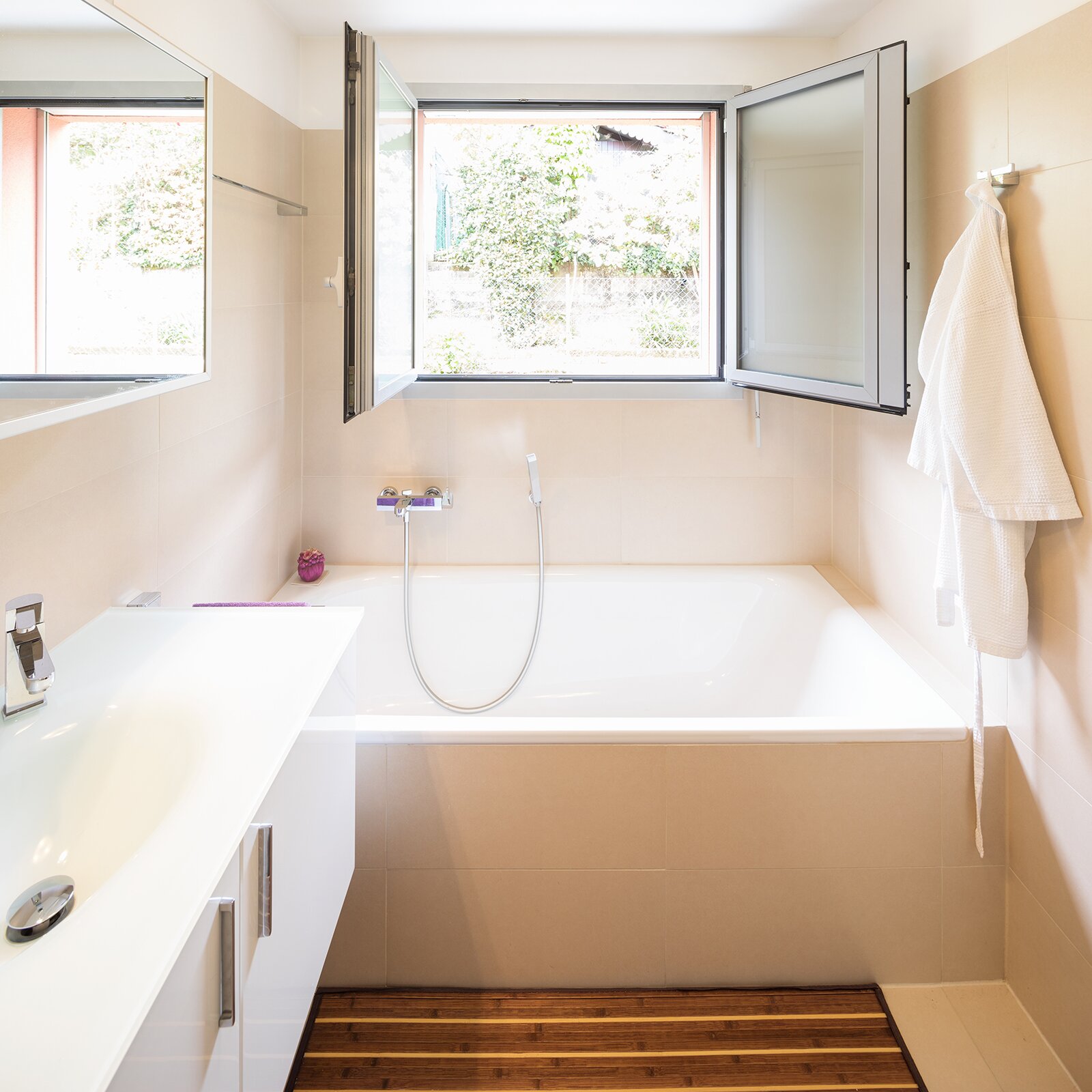
Sources:
*1 - https://www.verbraucherservice-bayern.de/themen/umwelt/clever-heizen-effektiv-lueften-schimmel-vermeiden
*2 - https://www.ndr.de/ratgeber/verbraucher/Schimmel-in-der-Wohnung-entfernen-und-vermeiden,schimmel141.html

 Deutsch
Deutsch
